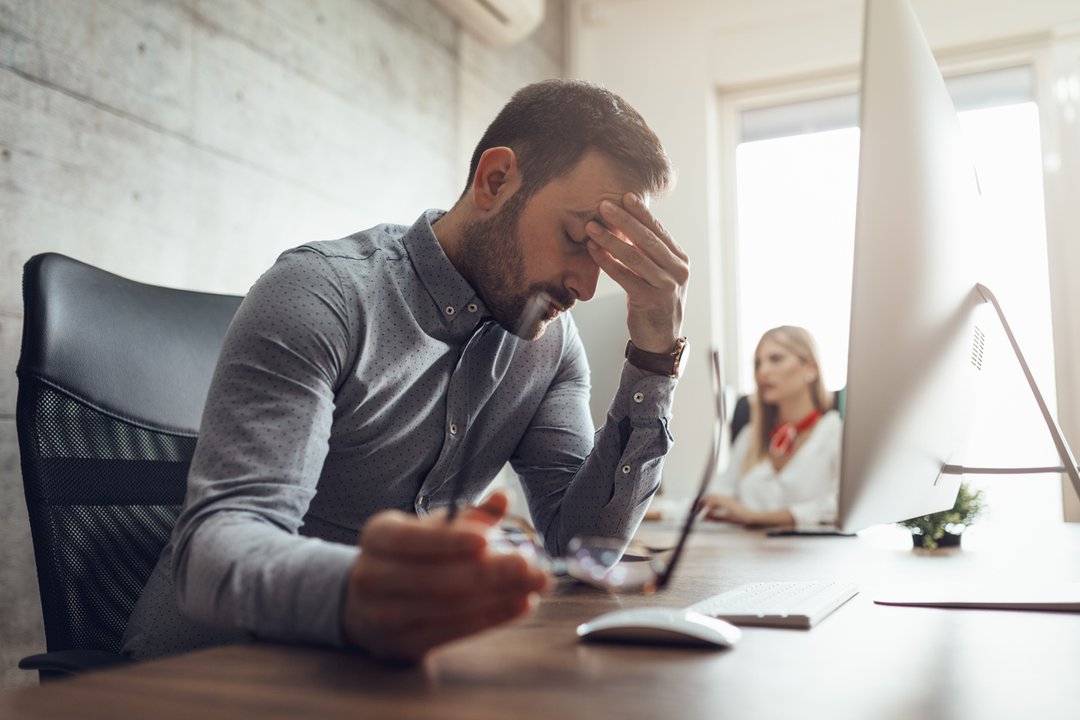
Spending some time in Madrid, I marvel at the mornings. This is a city that sleeps late. When I first got here, I’d stagger out before 9 a.m. in search of coffee, and find the breakfast places still closed. Spaniards wake up at times when Americans are already at work.
I know Spain has sleeping problems: people here sleep 30 or 40 minutes less per night than the European average, possibly because they are in the wrong time zone. In 1940, the dictator Franco moved the country to German time to show solidarity with Hitler, and nobody ever moved it back. Yet Spain’s late mornings are what I’ve been looking for all my life. I always found that traditional school and working start-times forced me out of bed too early.

iStock-935671084.jpg
Many other people clearly feel the same way: during lockdowns, when home-workers were suddenly able to choose their own wake-up times, most slept later. Let’s hope the current revolution in working practices institutionalizes that freedom.
Before the pandemic, working life trapped most of us in a one-size-fits-all schedule. Americans had it particularly bad. “Working nine to five, what a way to make a living,” sang Dolly Parton but, in fact, the commonest starting-time for American workers in 2015 was between 7:45 and 7:59 a.m. (which may be one of many explanations for the U.S.’s current Big Quit).
Dawn starts favoured people with the chronotype — or genetically determined sleeping propensity — of early birds. Walter Mischel, the psychologist who invented the famous Marshmallow Test, found he was happy waking up at 5 a.m., which meant that he had often done two hours’ work by the time others were just starting to self-medicate on coffee.
Apple’s chief executive Tim Cook claims to rise before 4 a.m. Because of a silly association of early rising with virtue, the larks were regarded as conscientious workers. They became the bosses, and set the schedules for the rest of us. They generally weren’t keen on naps: the siesta should be a recognized worldwide productivity fix, but instead it has been mostly hounded out even in Spain.
“Standard employment schedules force (night) owls into an unnatural sleep-wake rhythm,” writes Matthew Walker in Why We Sleep. “Job performance of owls as a whole is far less optimal in the mornings, and they are further prevented from expressing their true performance potential in the late afternoon and early evening as standard work hours end prior to its arrival.” Also, owls in particular sacrifice sleep in order to get to work at ridiculous times. Before the pandemic, nearly a third of Americans were averaging six hours a night or less.
Early schedules are especially damaging to adolescents, who naturally wake up late. “Schools Start Too Early,” bluntly declares the U.S.’s Centers for Disease Control. The American Academy of Pediatrics recommends that middle and high schools start at 8:30 a.m. or later, but in 2014, 93 per cent of high schools and 83 per cent of middle schools in the U.S. began before that time, leaving kids dozing through double math. The German chronobiologist Thomas Kantermann has said: “The later the chronotype, the worse the school results.”
People choose their professions based partly on their chronotypes. Early birds do well as bakers or teachers, whereas morning newspapers were traditionally staffed by owls: certainly before the internet arrived, workloads peaked in the evening, when the next day’s edition was “put to bed.” But either way, adult sleeping habits were shaped by work — part of capitalism’s hegemony over our bodies, argues anthropologist Matthew Wolf-Meyer.
I left the office in 1998 and began working from home. I have found it a higher-productivity life: instead of wandering the office corridors too zonked to function, I rise when I feel sufficiently slept (often going back to bed for a bit after getting the kids off to school) and take a 20-minute power nap in the afternoon. I have the rare privilege of living on my natural schedule.
The pandemic extended this right to tens of millions of new home-workers. During lockdown, most of them started their days later, even though there was no nightlife to keep them up.
In the U.K. last autumn, for instance, the average working day for home-workers began at 10:45 a.m. (and ended late too). In an international study of 113,000 people in 20 countries, Ju Lynn Ong of the National University of Singapore and others found that later starts, and the convergence of weekday and weekend wake-up times, helped lower the average resting heartbeat — a measure of good health.
Given that remote work is here to stay, the moral is obvious. Let people choose their own start times whenever possible. There may need to be core hours when everyone in a team is working — between 10 a.m. and 3 p.m., say — but beyond that, let’s overthrow the tyranny of the early birds, though preferably only after a long lie in.
Comments are closed.
